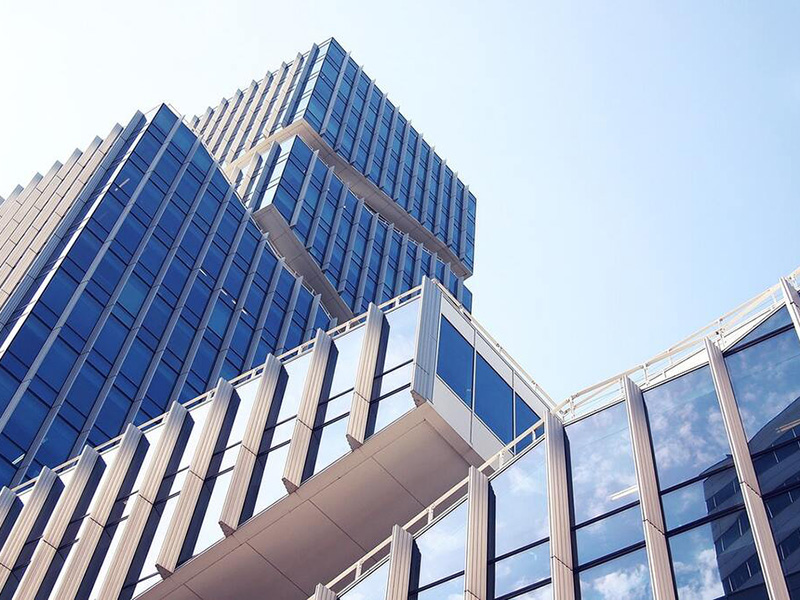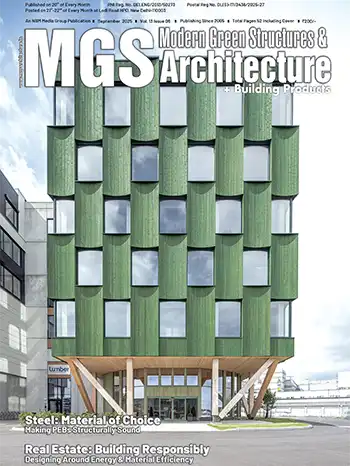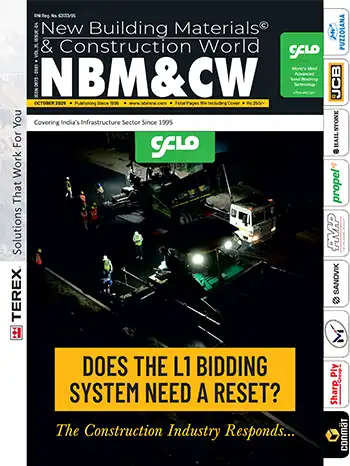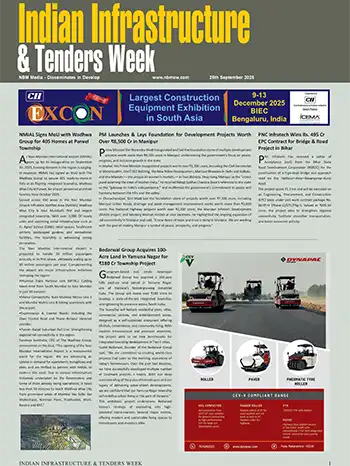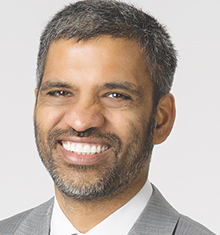
Two-thirds of the survey participants report that using a rating system like LEED allows them to create a better performing building, and more than half of respondents believe that rating systems provide third party verification that ensures buildings are in fact green.
Says Mahesh Ramanujam, President and CEO of USGBC, "As the global green building industry stands poised for even more rapid growth, it underscores the need for third-party validating systems like LEED, which has helped transform building practices over the last two decades and continues to push the top performers. We need to have a framework through which we can better track how buildings are measured and managed. By putting all buildings on the same path to sustainability, we can achieve a viable future for all."
The emergence of building performance benchmarking tools like Arc and LEED v4.1 underscores the growing importance that technology is playing in green building, particularly when it comes to understanding energy performance and its impact on occupance
Mahesh Ramanujam President & CEO, USGBC
India anticipates strong growth in several building sectors including new commercial construction, new high-rise residential, commercial interiors, new institutional construction, and green communities. While client demand and environmental regulations remain top motivators worldwide, creating healthier buildings emerged as an important trigger for building green. 63% of Indian respondents said improved occupant health is the most important benefit of green building, besides environmental reasons such as reducing energy and water consumption, and protecting resources.
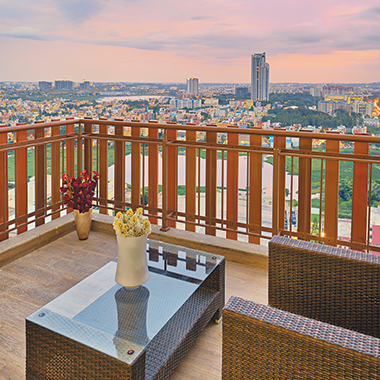
Windchimes by Mahindra Lifespaces
While Indian respondents were more conservative about their expectations for cost savings compared to 2015, the payback period for new and retrofit buildings in India is closely aligned with global findings.
Majority of green projects currently underway are in Australia, China (Hong Kong), and Ireland. Countries with the highest percentage of green projects expected by 2021 are the UAE, Australia, Norway and Spain, and countries with high levels of growth include Mexico, India, and Colombia.
New commercial construction remains by far the biggest driver of green building on a global scale, notably in markets like India. However, the majority of respondents from five countries say green retrofits are in the pipeline, with a 37% global average suggesting that existing buildings and operational benchmarking will be key opportunities for growth.
India is one of the top eight countries for its use of metrics to quantify the benefits of green buildings, though only 24% of Indian respondents expect to do a green retrofit in the next three years. Says Ramanujam, "There has been no increase in the use of metrics to track performance in the last three years, and now there is no excuse for it. It is not enough to demonstrate leadership at a point in time. We want all green buildings to continue to demonstrate leadership long after they are constructed and occupied.
The percentage of owners reporting that new green buildings have an asset value more than 10% greater than traditional buildings, has nearly doubled since 2012. In addition, most architects and contractors recognize that building green creates a higher asset value
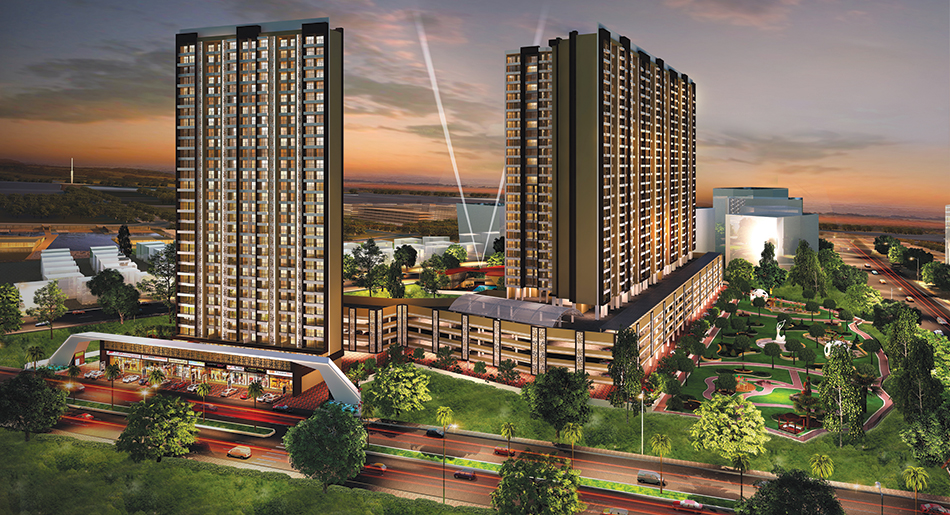
Residential Towers at Golvali in Thane designed by The Firm
In 2016, GBCI, the certifying body for LEED projects globally, created Arc, a digital performance platform that benchmarks, tracks and measures building activity across energy, waste, water, transportation and human experience. Currently, Arc is tracking performance for 1.5 billion sq.ft of space across 80 countries. The recent launch of LEED v4.1 offers projects yet another way to continue to drive performance on the path toward LEED certification. Today, there are more than 94,000 commercial projects participating in LEED across the globe, with 2.2 million sq.ft of building space becoming LEED-certified every day.
The study was conducted in 86 countries and surveyed 2,000 building professionals including architects, contractors, consultants, developers, engineering firms and investors.










